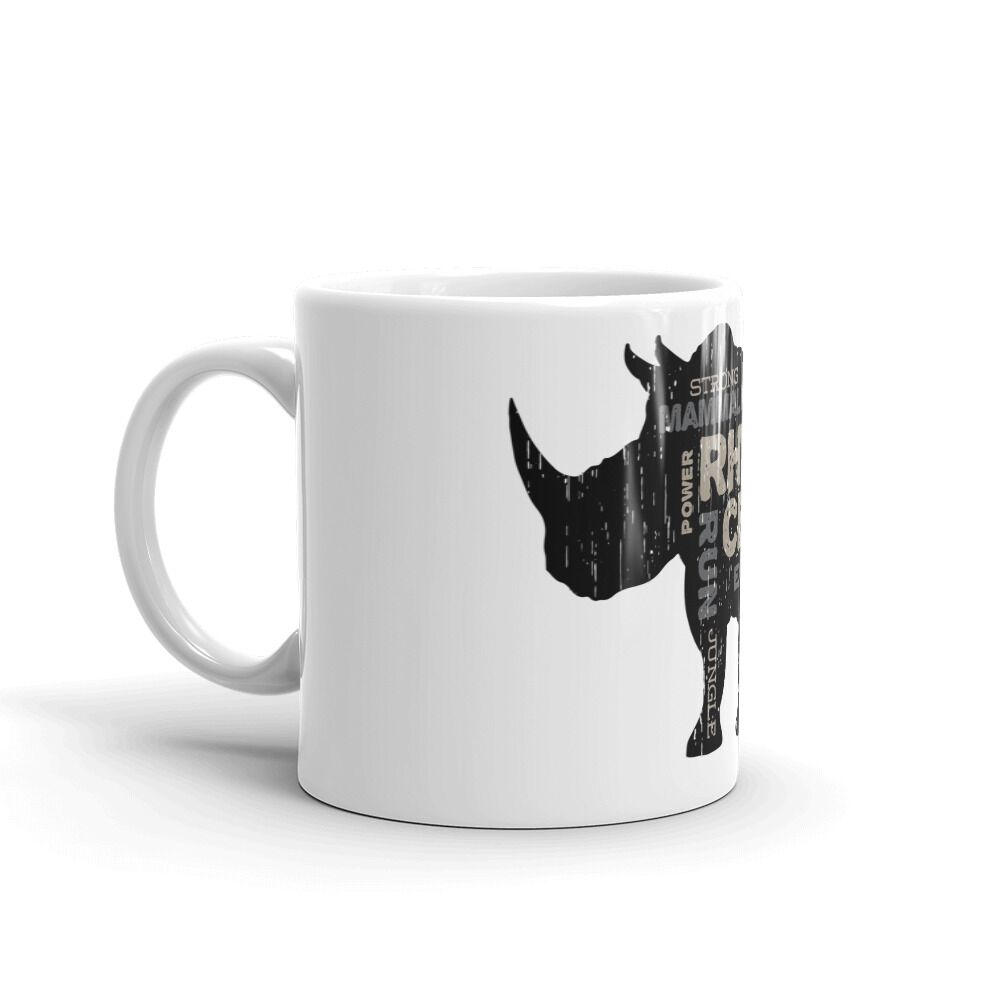Rhino Mug and Reasons Why Rhinos Are Endangered
One of the biggest reasons why rhinos are endangered is because of poaching. Poaching is the practice of killing a rhino for its horn. Other causes of rhino poaching include habitat loss, economic development, and traditional Asian medicine. Wildlife crime is also a major concern. These crimes are highly destructive to rhino populations, and they have a significant impact on rhinos’ recovery.
Poaching
Rhinos are threatened by poaching, a practice of killing rhinos for their horns. While this practice is illegal, there are other ways to help the rhinos. For example, you can sign petitions and raise awareness online, or you can donate to organizations that work to protect rhinos.
Poaching is a serious problem, and rhinos are among the most heavily targeted animals in the world. Criminal gangs supply poachers with sophisticated equipment, including tranquiliser guns, to kill rhinos. The poachers then use the rhinos’ horns to sell as art commodities. These horns do not have any medicinal value, but they are highly sought after. Almost every ten hours, a rhino is killed across its range. This is a huge problem, especially in countries such as South Africa, which have the largest rhino population in the world.
Poaching has become so widespread that rhinos have become an endangered species. There are fewer than 2,000 rhinos in the wild than there were twenty-one years ago. Poaching also threatens elephants, which are threatened by habitat loss. Many elephants are hunted for their horns, which are highly valuable commodities in the wildlife trade.
Habitat loss
Habitat loss is one of the major threats to rhinos. As human populations increase in Asia and Africa, habitat for rhinos is being reduced. Land clearing for farming, urbanization, and logging are displacing these animals. They need plenty of space to breed and survive, and without this, their population will rapidly decline. Moreover, overpopulation is increasing human-rhino conflicts. Farmers have often attacked rhinos for feeding on their cattle, and country-side residents can become violent if they see one. The reduction in habitat also affects rhinos’ reproductive success and sex ratio.
Rhinos are critically endangered because their habitats are shrinking. Land clearing for agriculture has reduced the amount of space rhinos have to feed, breed, and survive. When rhino habitats are fragmented, they are less likely to have safe corridors to move around, which makes them more vulnerable to disease. Despite the threats to rhino populations, rhinos are still one of the most endangered species on earth.
Economic development
The economic development and rhino conservation agendas overlap in many respects, but there is a crucial difference. In order to save rhinos from extinction, governments must create a sustainable market for rhino horn. This can be done through regular horn trimming, which keeps rhinos from being poached. In addition, rhino horn grows back every year, so it is a renewable resource.
Conservation efforts to protect black rhino populations are increasing in cost, and many protected areas are struggling to maintain their populations. In addition, traditional funding sources are no longer sufficient to protect rhinos. Conservation managers are struggling to find ways to raise money and protect rhino populations.
Traditional Asian medicine
The Chinese traditional medicine (TCM) industry has boomed in recent decades thanks to an increased purchasing power. Based on the concept that vital energy permeates every part of the body, TCM uses animal parts and substances to cure a variety of ailments. Despite the lack of scientific proof for its effectiveness, many Asian consumers are willing to try these methods in order to improve their health and well-being. Sadly, the popularity of these methods has also increased the number of endangered species.
While tiger horn and other rhino parts have been used in traditional Asian medicine for thousands of years, these animals are now being hunted for their horn and other body parts. Many of these products are highly valuable and are sold on the black market for thousands of euros. The horn, in particular, has become a popular product, even surpassing gold in price. While these products are marketed as natural, they are in fact laden with keratin, a protein found in human hair and fingernails.
Recovery stories
Rhinos are enormous creatures, but many of them are in danger of extinction. Conservationists have taken massive steps to protect the species, from training rangers to investing in better equipment and law enforcement coordination. In addition, they are working closely with local communities to protect the rhino’s habitat.
In South Africa, for example, CAF America’s donations helped fund Rhino Revolution Orphanage and Rehabilitation Center, where five rhinos were successfully rehabilitated. This was the first rhino orphanage in South Africa to successfully release rhinos back into the wild. In addition, two new orphaned rhinos have recently been adopted and are now starting the rehabilitation and rewilding process. The program also provides world-class veterinary and security staff.
In the early 1900s, the population of the southern white rhino was nearly extinct. Now, there are over two thousand rhinos left in the wild. The anti-poaching campaign has played a vital role in restoring the rhino population to healthy levels.





